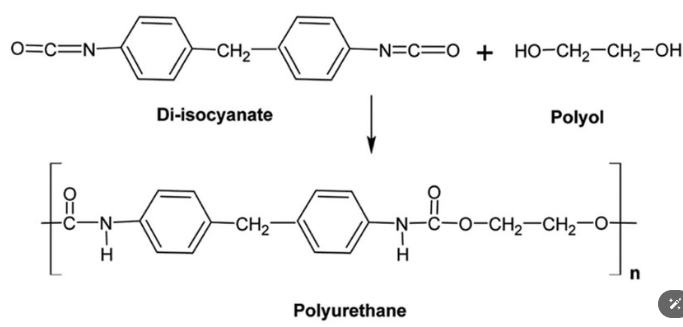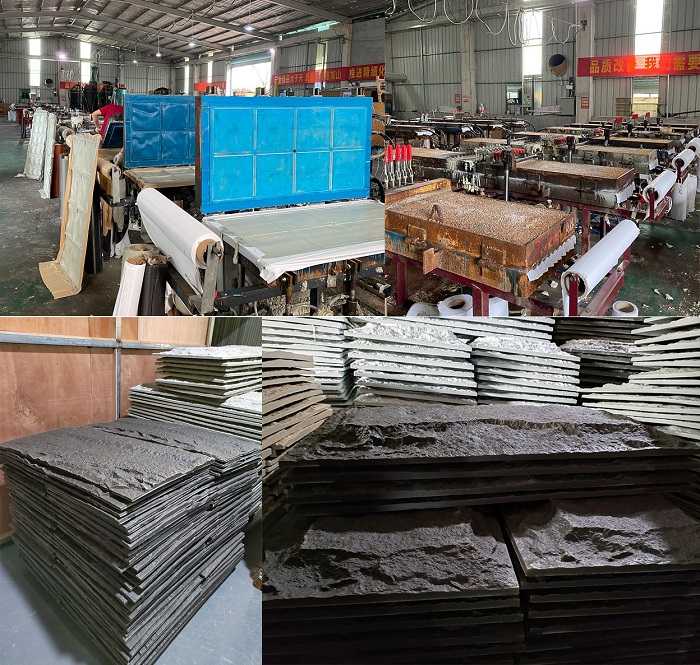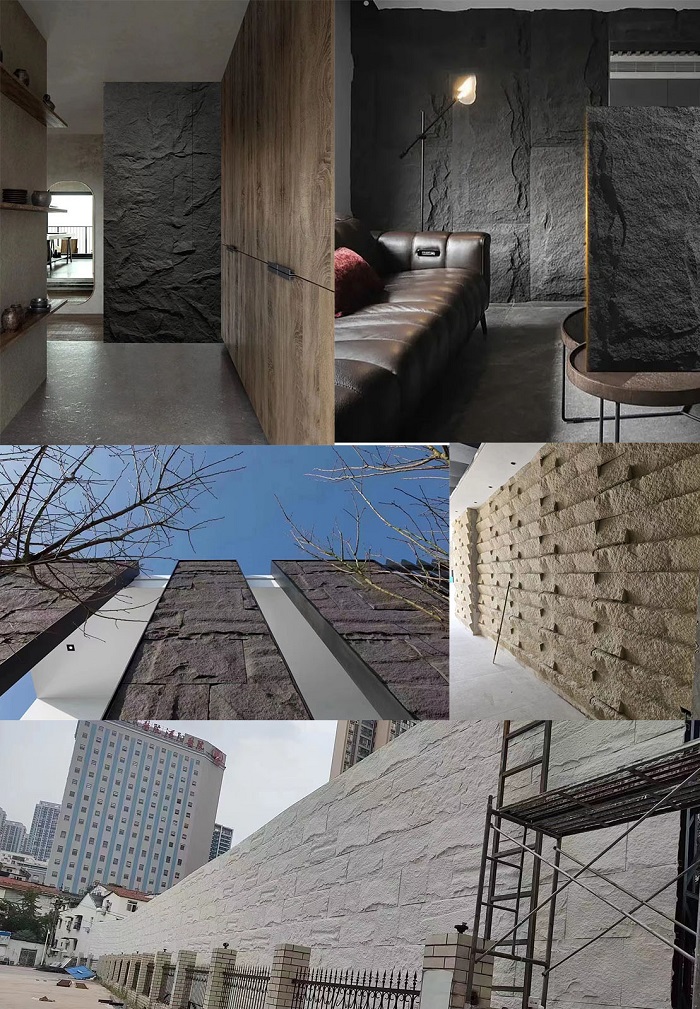20 years production experience
Focus on polyurethane faux stone panels pu moulding: 86-18007523568 : patricia@jypupanel.com
News
The History and Evolution of Polyurethane Stone Panels
Polyurethane (PU) stone panels have become an essential material in modern architecture due to their durability, versatility, and aesthetics. These stone slabs mimic the appearance of natural stone while providing excellent performance and ease of installation, making them a popular choice for residential and commercial projects.
The Histort of Stone Verneer.
Stone veneer has a long history and can be traced back to ancient civilizations when people used stone to enhance the aesthetics and structural integrity of buildings. Early stone veneers were made by cutting natural stone into thin pieces and applying them to the surface to present a sturdy stone structure appearance.
In the 19th century, advances in quarrying and stone-cutting techniques made it easier to obtain stone veneers. The era of modern stone veneer began in the mid-20th century when artificial stone products were developed. These products combine natural stone with adhesives to create lightweight, multifunctional, and more affordable alternatives to traditional stone.

Polyurethane was first invented by Dr. Otto Bayer and his team from Germany in the 1930s. Polyurethane was initially used for various industrial applications, and its unique properties (such as flexibility, durability, and wear resistance) make it an attractive material with a wide range of applications.
The construction industry began using polyurethane in the mid-20th century, recognizing its potential as an insulation and structural material. Polyurethane foam has become a popular insulation material due to its excellent thermal performance, and its use has gradually expanded to other building materials, including PU stone panels.

The emergence of polyurethane stone slabs (also known as PU stone panels) is to address the challenges posed by traditional stone materials. Traditional real stone is heavy, difficult to install, and expensive. On the other hand, PU stone wall panels are lightweight, easy to handle, and cost-effective, while still providing an ideal stone appearance. PU mushroom stone and PU rock stone panels have become popular for indoor wall decoration and outdoor applications.
Then How to produce the Pu stone panels?
There are several key steps to making the PU stone panel:
1. Design and mold making:
Using natural stone or custom design to create the main mold, this mold will give the polyurethane panel a realistic stone texture. This step is usually manually carved by experienced mold masters.
2. Preparation of polyurethane mixture:
Mixing polyurethane resin with hardeners and colorants can adjust the mixture to achieve the required strength, flexibility, and appearance.
3. Pouring and Curing:
Use a foaming machine to inject the prepared mixture into the mold, then vibrate the mold to remove any bubbles and ensure that the mixture is evenly distributed,
The mixture solidifies and forms at high temperatures.
4. Demolding and precision machining:
Once cured, the panel will be removed from the mold. They undergo additional precision processing, such as trimming, painting, coloring, or drying, to enhance their appearance and durability.
There may be slight differences in the production process among different production factories.

The impact on the construction industry
The application of polyurethane stone panels has had a significant impact on the construction industry. Many projects have demonstrated the versatility and aesthetics of these panels. They have influenced modern architectural trends by implementing more creative and complex designs. Polyurethane stone wall slabs and polyurethane foam stone slab have become popular choices for exterior and interior applications, including pu mushroom stone panels, pu rock stone panels,and pu wood panels with unique design elements.

Future trends
The future prospects of polyurethane slate are bright, and continuous research and development focus is on improving its performance and sustainability. Innovations such as environmentally friendly formulas and smart panel technology are expected to drive the next wave of progress in this field. PU 3D wall panels and PU stone wall panels are some of the latest trends that are becoming increasingly popular in modern architecture.
Conclusion
Polyurethane slate combines the eternal beauty of stone with the practical advantages of modern materials, completely changing the construction industry. With the advancement of technology, these panels may play a more important role in shaping the future of architectural design and construction. The installation process of PU stone has become streamlined, making PU stone for exterior walls and PU wall slabs the preferred choice for many builders and homeowners.
RELATED NEWS
CATEGORIES
LATEST NEWS
CONTACT US
Contact: Mr.Chen
Phone: 18007523568
E-mail: patricia@jypupanel.com
Whatsapp:86-18007523568
Add: Xiaodenglong, Daxiang, Xinwu, Yanggou Group, Licun Village, Luoyang Street, Boluo County, China(Mainland)
- online service
- 86-18007523568
- patricia@jypupanel.com
-
We chat
